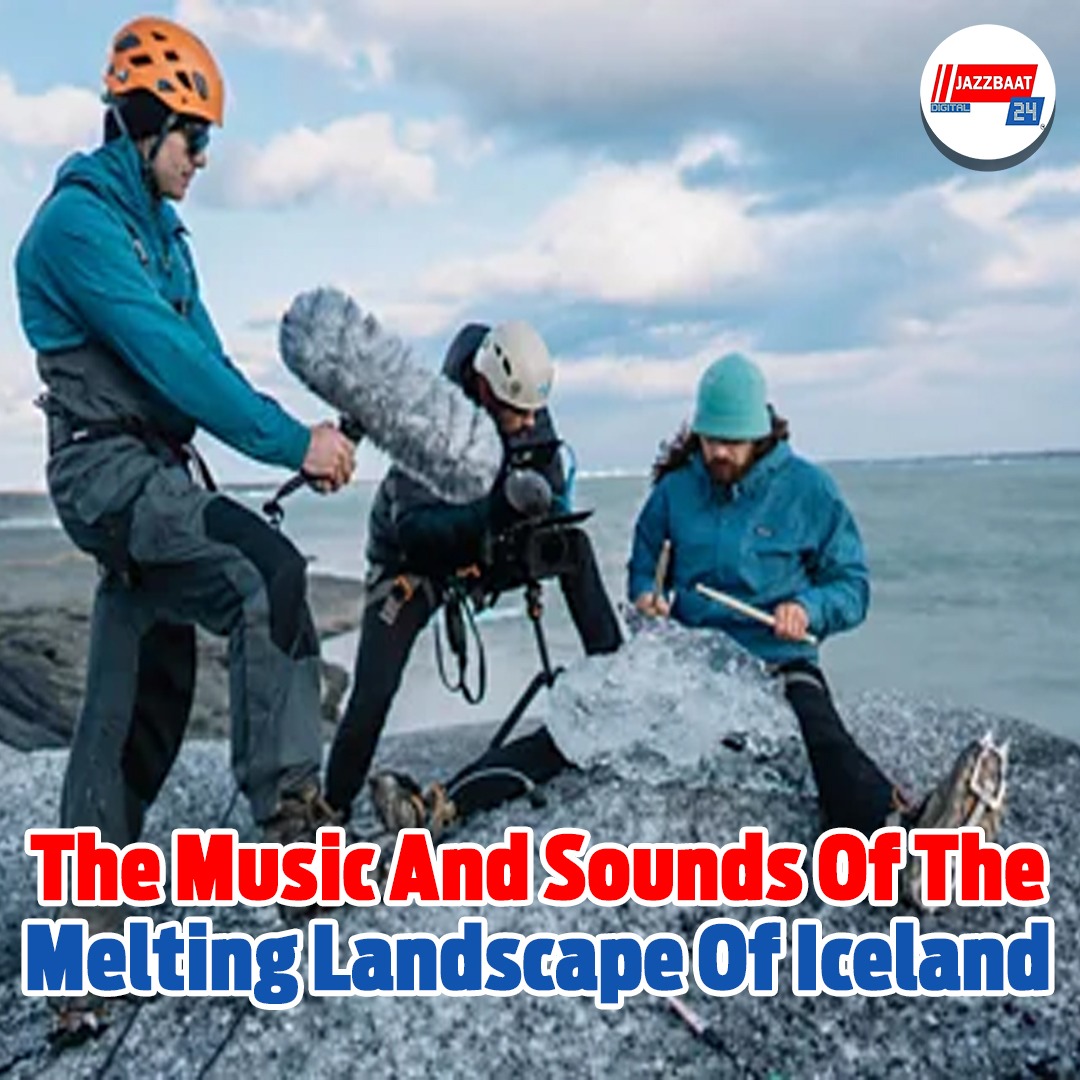
Inspired by a Sigur Rós track, Konstantine Vlasis, a percussionist and PhD candidate, is studying the melting glaciers of Iceland by recording their sounds. His research explores how the unique sonic life of glaciers can illuminate the rapid environmental changes caused by climate change. Iceland's glaciers, covering 10% of the country, are projected to lose half their volume by 2100, prompting the UN to declare 2025 the year of glacier preservation.
Vlasis believes sound offers a new way to understand this crisis. While glacial movement is imperceptible visually in real-time, its sounds – cracks, rumbles, and the fizzing of ancient air bubbles melting into water – provide a tangible record of their activity. He uses specialized microphones, including contact mics for infrasound, to "listen to the health of the landscape," building an archive of these vanishing sounds.
His PhD, supported by New York University, also delves into the "human ecology" of glaciers, examining how Icelanders have interacted with them throughout history. This involves analyzing traditional narrative songs called rímur, which contain "environmental archives" – oral records of past weather patterns and natural disasters – providing crucial historical context in the absence of written accounts.
Vlasis aims to make global warming audible in real-time. He has collaborated with scientists predicting glacier loss to create "2124," a haunting performance piece. Played by a single drummer on a glacier, the rhythm gradually accelerates, sonically representing the alarming speed at which Iceland's glaciers are projected to disappear over the next century, offering a poignant "musical forecast of a world without glaciers."